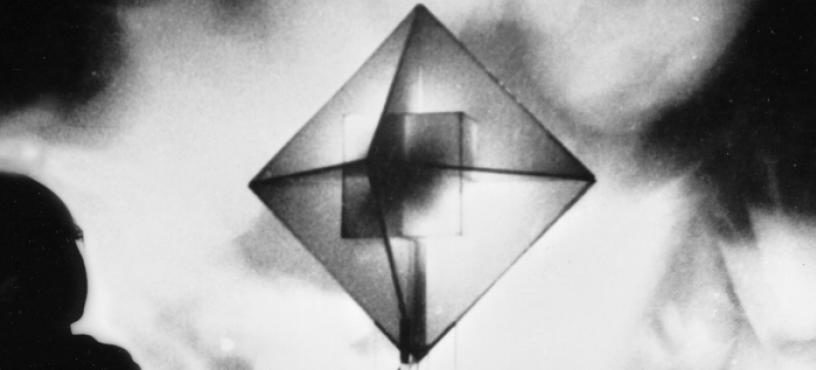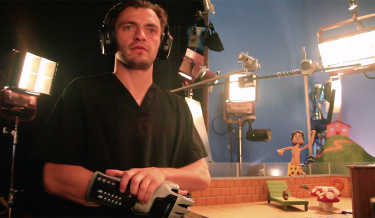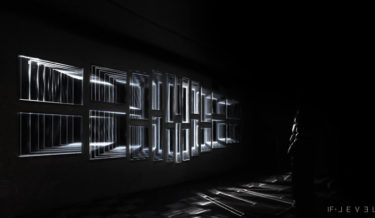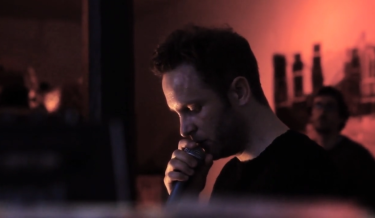Related post
Power Glove as stop-motion animation tool
Jan 18, 2015
|
Comments Off on Power Glove as stop-motion animation tool
3840
LIGHT INSTALLATION “LEVEL” TAKES THE AUDIENCE BEYOND THE PHYSICAL REALITY
Feb 22, 2017
|
Comments Off on LIGHT INSTALLATION “LEVEL” TAKES THE AUDIENCE BEYOND THE PHYSICAL REALITY
3765
Malo / Brieuc Le Meur / LYL Radio
Apr 30, 2015
|
Comments Off on Malo / Brieuc Le Meur / LYL Radio
3152






